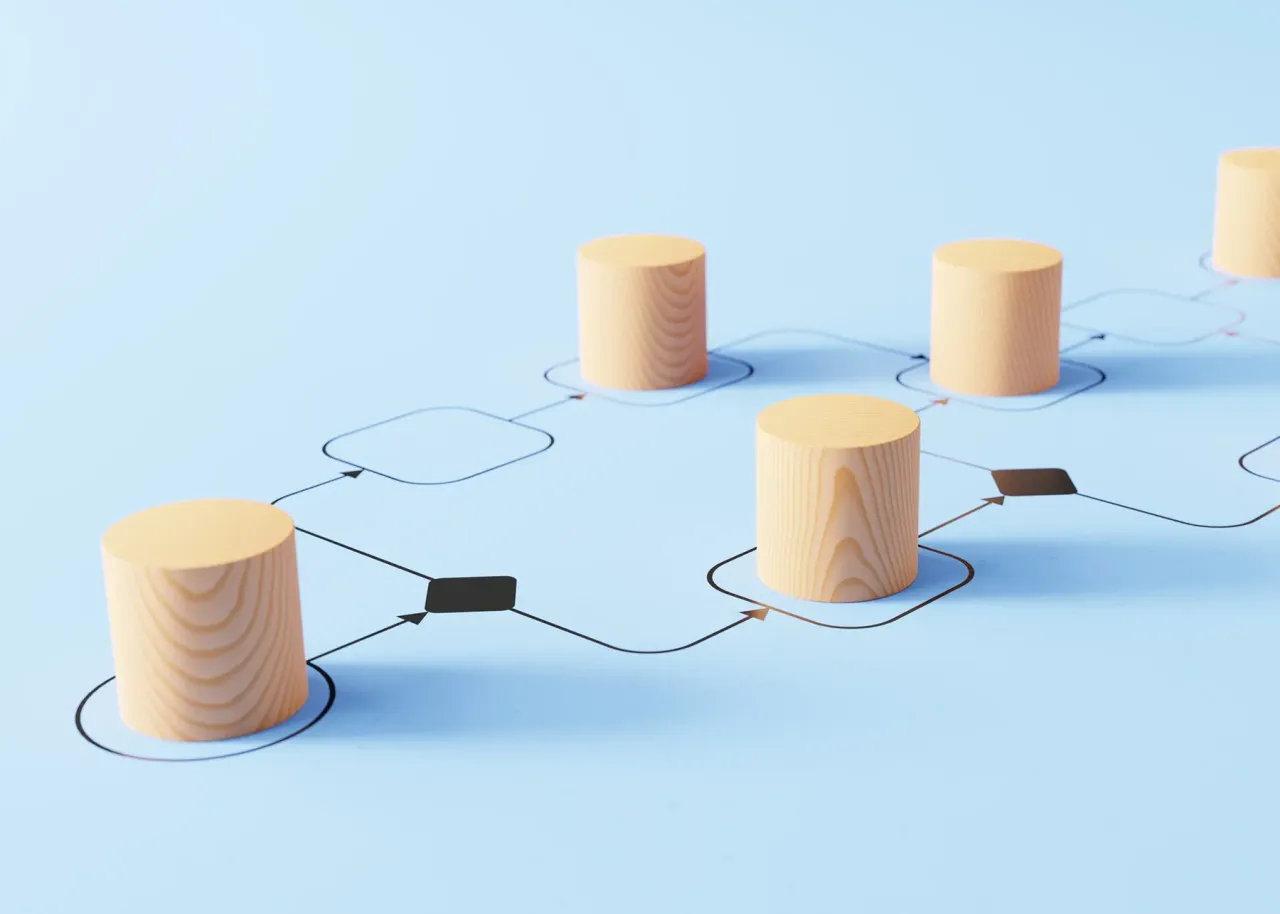A guide for your long-term application strategy
Keeping your applications relevant in today’s fast-paced technology environment involves a strategy that emphasizes agility, continuous improvement, and customer experience. Long-term vision coupled with a clear, actionable roadmap helps align application development with business objectives and ensures that technology investments deliver value. Having a solid IT governance framework ensures that every step taken is deliberate, well-planned, and contributes to your organizational goals of enhanced value and improved performance.
In this article, we’ll explore some key considerations for keeping your applications relevant, explain the role of an IT governance framework in these processes, and highlight some valuable ways IT governance can solve common modernization problems.
Keeping your applications relevant
Keeping applications relevant is critical for the security of your organization and the all-important customer satisfaction. Relevance involves a proactive approach to adaptation and improvement, aimed at maximizing the application’s value and utility to users over time. Maintaining relevance can be as simple as upgrading a feature to improve your end-user experience, but it can also be more involved – a full modernization project, for example. Modernizing can be a cost-effective way to not only keep your applications relevant to the problems they’re solving, but also to improve their interface and enhance their functionality to adjust for future challenges.
No matter the size of the project, here are some key considerations as you assess your application relevance and alignment with strategic goals.
User experience
Keep the end user in mind during any application assessment or modernization project. Regularly collect feedback and adapt your applications to meet evolving needs and rising expectations. This is an ongoing process, but one that will bring benefits in brand loyalty and retention.
Flexibility and scalability
Being able to adapt quickly to changes in customer needs or changes in the market is increasingly important to business continuity. Make sure your applications can grow with your organization, as growth should not be the cause of disruption in your technology environment.
Data-driven insights
Like collecting user feedback, leverage data to gain insight into how your applications are being used, what features are most or least popular, and where most users encounter problems. Doing so helps you to prioritize what features may need to be upgraded, which applications need to be modernized completely, and more.
Security and compliance
As an evolving threat landscape looms over us, prioritize security enhancements and remain compliant with your security standards. Conduct regular audits to guide these decisions and implement regular updates as part of your proactive security strategy.
Continuous assessment
Regularly evaluating your application portfolio will provide you with a more holistic understanding of what’s working and what isn’t. This can guide your decisions as you consider which applications need upgrading or modernizing.
Keeping these strategies in mind will help ensure your applications remain relevant to your business goals and customer expectations, continuing to drive your organization forward.
The role of an IT governance framework
Implementing processes to update and modernize your applications can seem like a lot of work. Fortunately, having an IT governance framework is a structured set of guidelines, processes, and practices designed to ensure that an organization’s IT resources are effectively managed and aligned with its business objectives through a series of predefined meetings or communication protocols. It can help guide some of the most important decisions.
"A governance framework provides a structured way to align IT strategy with business objectives and measure performance, two key elements of application relevance and modernization."
Governance frameworks can help you identify the most business-critical functions and objectives supported by your applications. With this knowledge, you’re better able to prioritize application updates and determine which projects should be completed first. IT governance can also help you allocate the appropriate resources to these projects, helping you communicate project value and yield a measurable return on investment (ROI). And once you’ve identified a prioritization order and determined the appropriate resources, your IT governance framework can guide communication strategies, performance measurement, compliance standards, continuous improvement practices, and more.
Overcoming modernization challenges with an IT governance framework
Modernization will be a key element in ensuring your applications continue to support your business goals and customers. However, modernization is a complex process that often sees roadblocks and disruptions. An IT governance framework can help alleviate some of these issues before they occur.
"Having a solid IT governance framework is like having the world’s best trail guide piloting your modernization."
It ensures you’re operating in a way that is proactive and intentional, uniting the involved teams under shared processes and goals.
For example, one of the most common issues that arises from a modernization project is the accumulation of technical debt. Technical debt can hinder your productivity, and it’s costly and time-consuming to pay down. An IT governance framework can provide a structure and plan for addressing technical debt by considering it as part of the modernization project. This proactive approach can help you modernize more quickly and with fewer instances of unmanageable technical debt.
With a robust IT governance framework in place, you can better unite your teams under shared goals and ensure your application suite is aligned with these goals. You’ll be better able to track performance, your teams will work faster, and you’ll be more protected against emerging cybersecurity threats. In an era where technology continues to move fast, you’ll need to keep up, and an effective IT governance framework plays a vital part.
At CAI, we work closely alongside our clients to accelerate their digital journey with a holistic, purpose-driven approach to their application development, maintenance, and modernization goals. Our innovation experts can supplement your enterprise with the right mix of technologies to reduce technical debt and help you evolve in a secure, sustainable way.
If you’re interested in getting started with application modernization and improvement, contact us.





